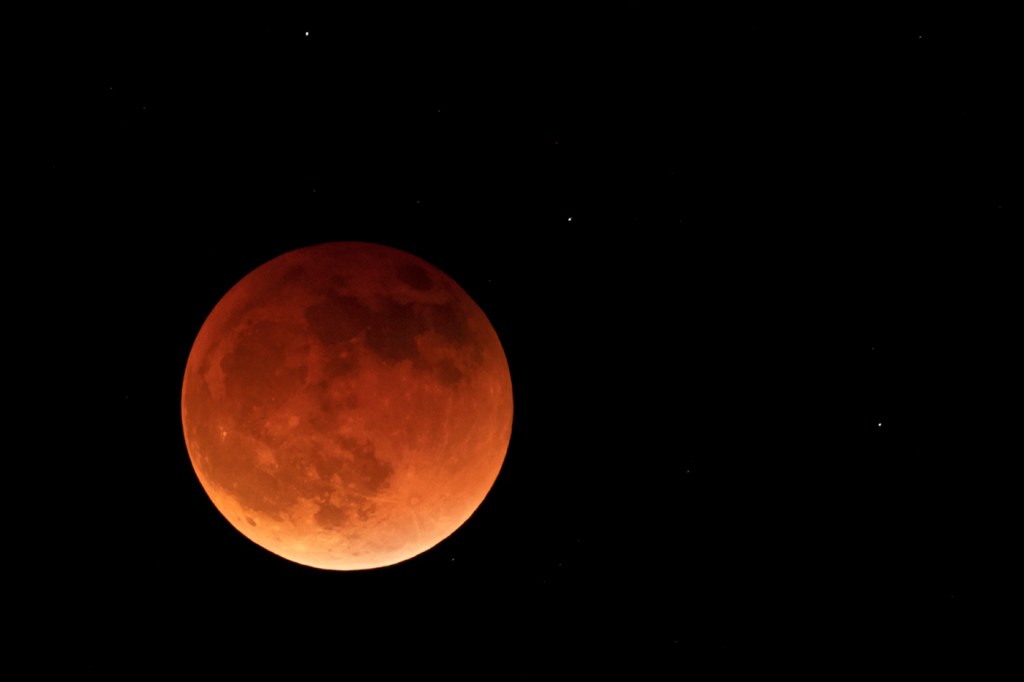New research reveals way to detoxify dirt: zap it with lasers

To feed a growing population, our global food system relies on sufficient farmland. But over the past 40 years, one-third of arable land has been lost to erosion or sullied by pollution.
Man-made chemicals and fertilizers used to improve crop yields can persist in soil for years, making it less fertile over time. Antibiotics in animal manure seep out and also cause degradation. Oil spills and environmental disasters can impact large parcels of land. And all this is compounded by the sluggish pace at which new topsoil is formed—about 2.5 centimeters evert 500 years.
Currently, cleaning up soil is possible, but cumbersome. One method requires the dirt to be dug up, removed, and transferred to a treatment plant for decontamination. A better option would be to clean soil where it lies, but traditional techniques use water and chemical solvents that may dilute the toxins without truly getting rid of them.
Ming Su, an associate professor of chemical engineering at Northeastern, has developed a less costly and less labor-intensive way to decontaminate dirt. In a paper published this month in the Journal of Applied Physics, Ming describes his discovery—blasting soil with an infrared laser can quickly break down and eradicate a type of pervasive pollutant.
This research came about because Su wanted to focus his lab on tackling an environmental problem. He had the idea to develop a new method for chemical decontamination, and noticed the price of an industrial laser system had dropped significantly in recent years, making it feasible for large-scale use. He purchased a benchtop laser with his startup fund from Northeastern and tested it out on soil that had been sullied by the chemical Dichlorodiphenyldichloroethylene, or DDE.
A derivative of the notorious cancer-causing pesticide Dichlorodiphenyltrichloroethane, or DDT, DDE was ideal for this study because it glows when exposed to ultraviolet light, making it easy to spot, Su said. He found that when he used the infrared laser to blast DDE-contaminated soil, and then scanned the soil with ultraviolet light, there was no glowing residue. The toxin disappeared.
Su and his graduate students have filed an invention disclosure through Northeastern’s Center for Research Innovation for the technology. He is planning to conduct more studies to determine whether lasers can blast away other types of soil contaminants. After that, the next step will be to collaborate with land and agriculture experts and scientists from the laser industry to put research to practice.
“One design would be a truck that has a lot of these laser beams coming out,” Su said. “The lasers could be installed on a plow structure, so that a plow could dig into the ground and when a truck is moving, the laser can scan the whole area.”





